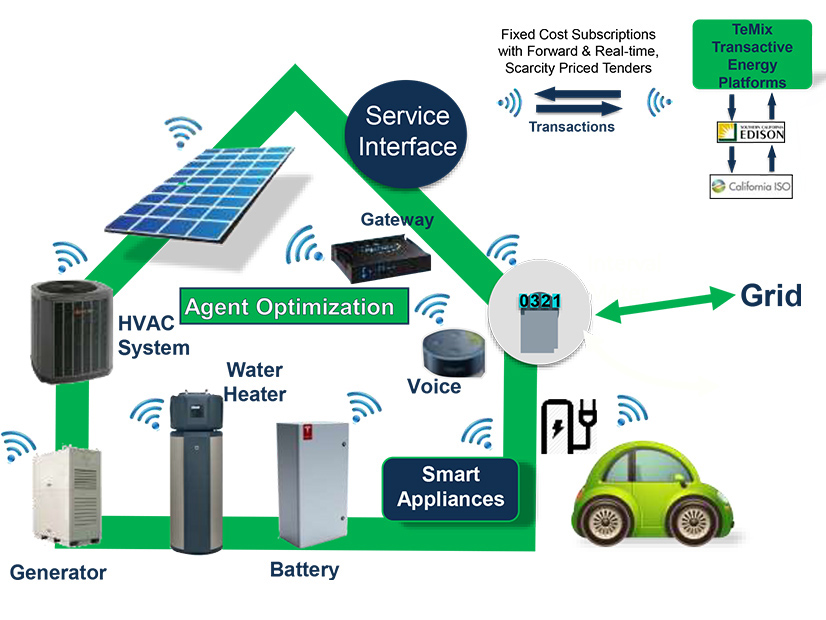
The California Energy Commission updated its load management standards Wednesday in anticipation of residents owning millions of grid-connected electric vehicles and “smart” appliances that can respond to hourly or sub-hourly price signals from utilities and CAISO.
The regulatory update was the latest move by energy authorities in California to shape load to respond to times of abundant solar power or shortfalls during summer peak demand as the state advances toward its 100% clean energy goal by 2045 while struggling to maintain grid reliability.
“This update is a huge leap into the 21st century, using digital approaches to unlock benefits for consumers by enabling them to automate their electricity use around cheaper rates and changing grid conditions,” CEC lead Commissioner Andrew McAllister said in a statement following the unanimous vote. “Automated load management reduces energy bills, makes better use of abundant renewable energy resources available during the day, and strengthens grid reliability.”
CAISO and the California Governor’s Office have increasingly relied on demand response to head off shortfalls during the past three summers following the rolling blackouts of August 2020. Those efforts have targeted large industrial users and asked ships in port, including Navy vessels, to disconnect from shore power during strained grid conditions.
CAISO barely avoided ordering utilities to shed load in September after the governor’s Office of Emergency Services sent out a text alert to 27 million cell phones warning of imminent blackouts. Within five minutes, the unprecedented alert resulted in a 2,100 MW drop in demand compared to CAISO’s hour-ahead forecast.
Like the CEC, the California Public Utilities Commission (CPUC) is also seeking to use dynamic pricing and demand-side management as a way to manage load. In July, it opened a proceeding aimed at shoring up grid reliability and soaking up more solar electricity by using real-time rates to influence customer demand. (See CPUC Opens ‘Critical’ Demand Flexibility Proceeding.)
The state’s current patchwork of demand response programs, which pay customers to reduce consumption, is insufficient, the CPUC said in a June white paper. The report identified strategies for broadening demand-side efforts, including by introducing dynamic energy prices based on real-time wholesale energy costs and localized marginal costs.
The Energy Commission’s decision instructs the state’s largest investor- and publicly owned utilities to develop retail electricity rates that change at least hourly to reflect wholesale electricity costs and other factors, and to regularly update those rates in a CEC database called the Market Informed Demand Automation Server.
The updated standards take effect April 1, 2023, for IOUs Pacific Gas and Electric, Southern California Edison, San Diego Gas & Electric; publicly owned utilities Los Angeles Department of Water and Power and the Sacramento Municipal Utility District; and large community choice aggregators (CCAs) that deliver more than 700 GWh of electricity annually.
The utilities and CCAs must also “educate customers about time-dependent rates and automation technologies to encourage their use,” the CEC said in the statement, which focused on the potential cost-savings to consumers. Affected devices would include smart thermostats, heat pumps, water heaters and EVs connected to the grid.
“Today’s action is expected to produce $243 million in net benefits over 15 years and could reduce annual peak hour electricity use by 120 GWh, equivalent to powering 20,000 average California homes for a year,” it said.
Combined, the IOUs and POUs affected by the new regulations have about 12.75 million electric customer accounts. Adding in the large CCAs, the CEC’s projected $243 million in net benefits amount to less than $1 per year per customer account over the next 15 years.

